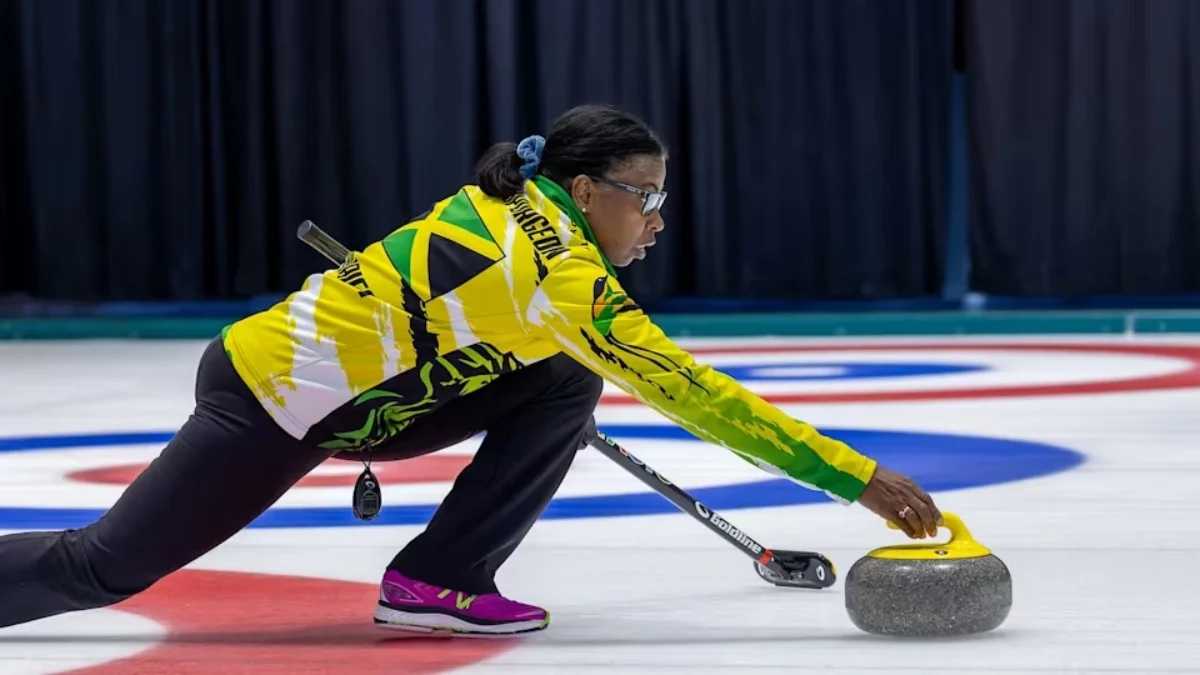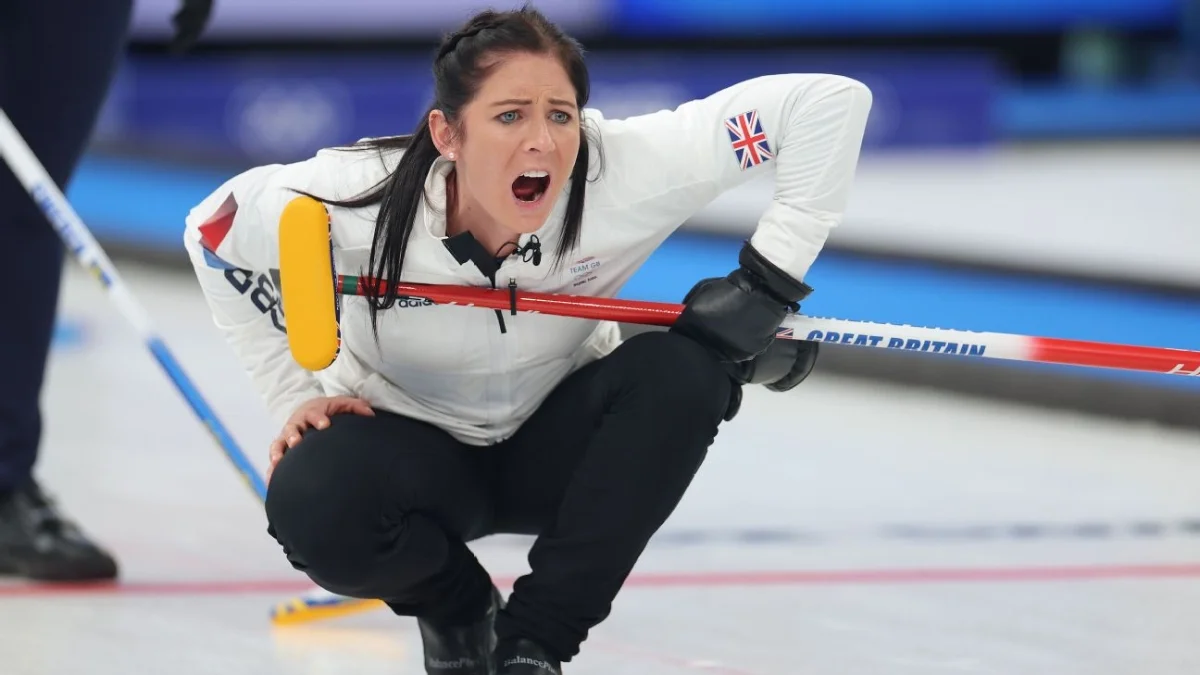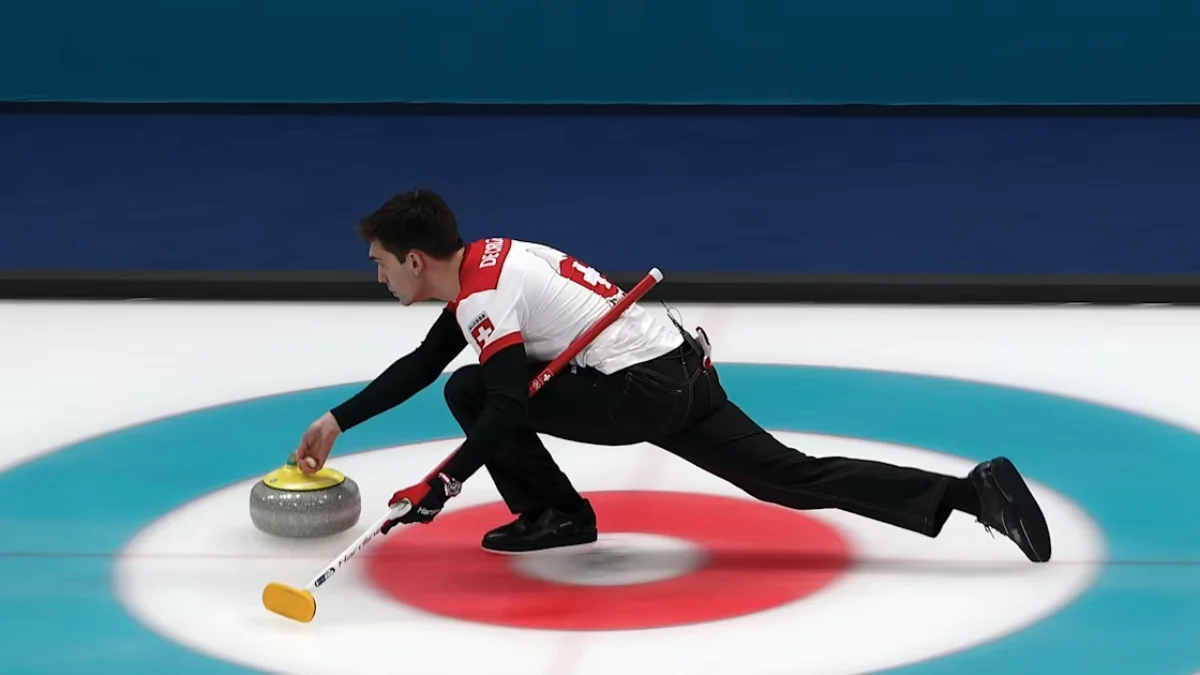Curling is a winter sport played on ice, which involves finesse, teamwork, and strategy. The game originated in Scotland in the 16th century and remained largely regional for centuries ahead. Its growth was slow, limiting its global reach compared to other sports like soccer and basketball.
Despite being an Olympic sport since 1998, curling is not a widely popular sport. Due to its association with elite groups, which restricted its accessibility to a broader population. With that being said, it’s still a rather exciting sport, so let’s take a look at its history.
The Curling History: From Scotland to World
The oldest origins of curling date back to 1511 to 1551 in Dunblane, Scotland. The first ever recorded match was played in 1540-41 when John Sclater challenged Gavin Hamilton. Early games were played on frozen lochs and ponds using river stones.
The first curling club was formed in 1716 in Scotland. After Queen Victoria started showing interest in the game, a “royal” identity was added to the game. Scottish immigrants brought the sport to North America, after which the sport started expanding.
The first transatlantic tour happened in 1902-03, gaining worldwide recognition. It became an official Olympic sport in 1998, further increasing its popularity.
Curling Basics: Understanding the Rules and Gameplay

Curling is a strategic winter sport often described as “chess on ice”, teams aim to slide polished granite stones called “rocks” across a sheet of ice toward a circular target area called the “house”. Points are scored for each stone closest to the centre. Each team includes four players. Each player delivers two stones per end, and a game consists of 8 or 10 ends. The team with the highest score wins at the end.
Sweeping to Victory: Strategies for Winning at Curling

Sweeping in curling is an important skill that can change the outcome of the game. Effective sweeping requires maximum pressure on the broom head, and the best way to do that is by using body weight and engaging core muscles.
The best angle to balance control and effectiveness is a 45-degree angle that allows good coverage of the ice surface while maintaining pressure. Keeping the back flat and being in a stable position ensures proper energy transfer.
Another strategic technique is manipulating the stone’s curl by sweeping on one side. For example, if a player sweeps on inside of the curl path, it will straighten its path. Sweepers must adjust their efforts based on the instructions and needs of the moment. Players and teams have to decide when to play aggressively and when to hold back.
Also Read: 3 Reasons To Embrace Outdoor Running During The Cooler Months






























